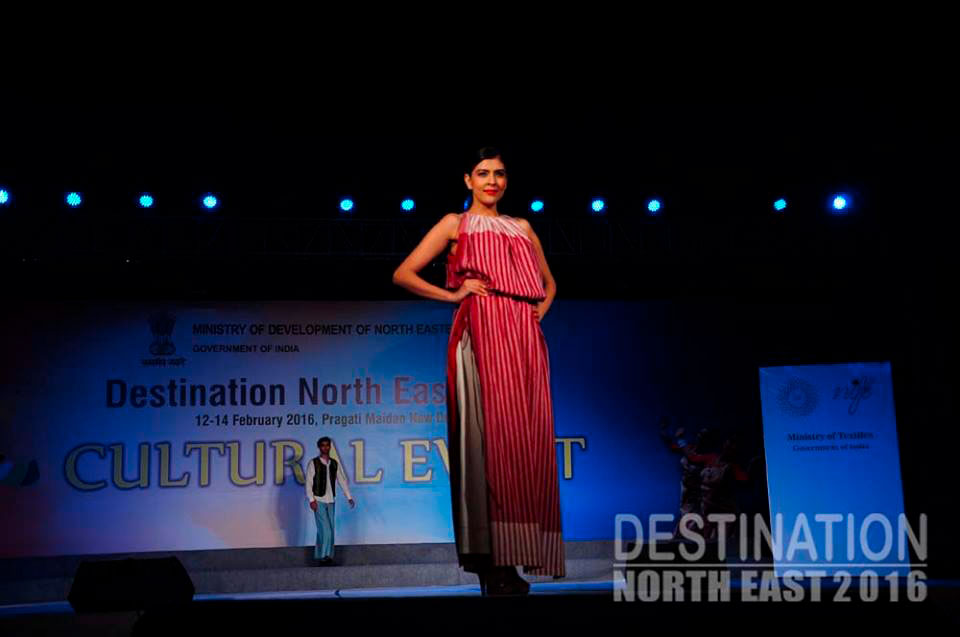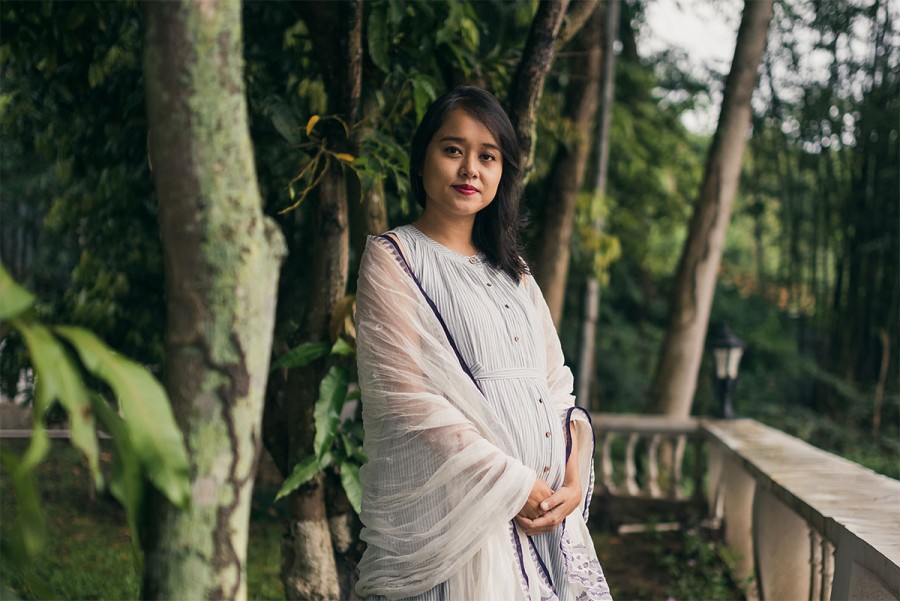
What happens when a fashion designer becomes the first certified PPE manufacturer in a state like Manipur that’s quietly fighting Covid? The virus, sadly, brought to the state by many returnees from metro cities, has infected over 3000 people. That’s the story of Richana Khumanthem who started a brand “Khumanthem”, in 2014. Back then, her target was the luxury market but her aim was to make a lasting impression and relationships. She wanted her clients to not only have the luxury of enjoying these high-end products but also engage with the artisans who were behind these products. She wanted to bring the beautiful ancient culture of the Northeast to the fore. So she made indigenous handloom and handicraft the backbone of the brand after all, everything was handmade and hand crafted.

For someone who is born and brought up in Imphal, a buzzing city tucked away in the Northeast region of India, she was always keen that her design reflects the ethos and essence of her home. Brought up in a community that follows paganism, Richana grew up amidst fascinating folktales, myths and legends. This influence clearly shows in her concepts as well as her design collection.
After her Bachelor's in Fashion Design from the National Institute of Fashion Technology (NIFT), New Delhi and Master's in Fashion Business & Management from Nottingham Trent University, UK, she worked with renowned designers in Delhi, and as a textile researcher at the prestigious design institute, NID Ahmedabad. All that gave her the confidence to start her own handloom based brand, Khumanthem.
She does not believe in mass production but ensures that everyone gets individual attention. And now, WARI, a sister brand of Khumanthem is the news for the right reason. It is the first Government of India certified PPE manufacturer in Manipur, and amongst the three NABL accredited.
Richana in conversation with www.thenestories.com talks about her journey beyond her fashion brand and being the first manufacturer of PPT in Manipur.
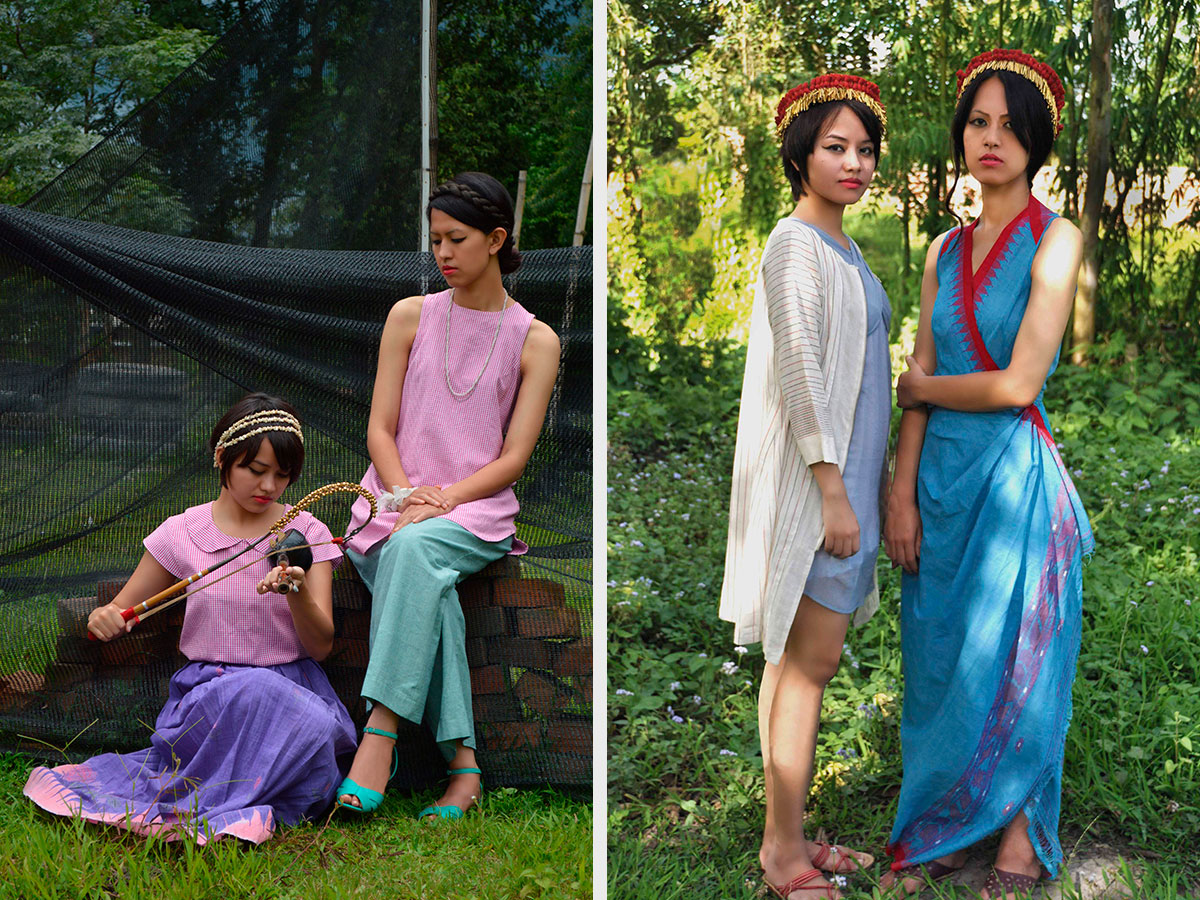
Khumanthem – the idea and concept behind the brand. The brand’s uniqueness and message it tries to convey through fashion.
Fashion industry is a fast growing industry. Born of creativity and authenticity, it is now increasingly becoming technologically mediated and fiercely competitive, with no personal connection. We have always strived to bring our clients closer to the true heroes of the brand, the local artisans. Every piece of indigenous handloom has a story to tell. It is these stories, behind every motif, every textile that will ultimately be the binding force between the artisans and consumers. Not as two different strata of the same glamour industry, but as one entity who understand, feel and cherish the depth and history behind every handloom creation.
With modernity and an influx of cultural and social changes, the sartorial assets, left by our ancestors, sit at the back of our closets, gathering dust, while our latest and most luxurious collection gets a place of honour. It is not wrong to choose the latest fashion, but it is terribly sad to do it at the expense of one's own tradition and culture. What we can do, rather, is to try and change the ephemeral nature of fashion by using the timeless beauty of indigenous textiles.
WARI, is now the first Government of India certified PPE manufacturer in Manipur, and amongst the three NABL accredited lab approved PPE manufacturers in Northeast India. Tell us something about WARI.
WARI is a line of the Khumanthem brand. While, Khumanthem works only with handloom textile and caters to a niche market, WARI is more mainstream and targeted at a younger crowd. We manufacture PPE coveralls under the brand WARI.
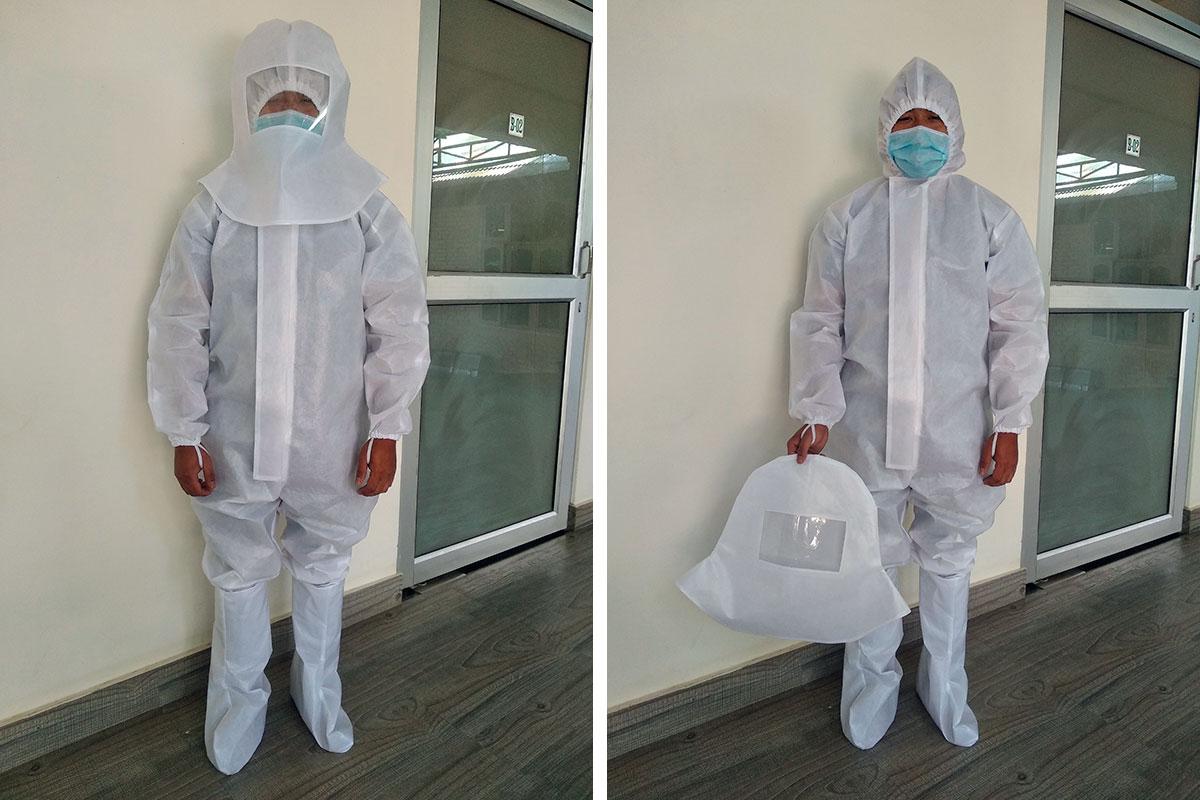
How did the idea of making PPE coveralls come about? What is the material being used for the same?
When Covid 19 hit India and our country went into lockdown, everything stood still for people except our frontline health workers. They were out there fighting the virus daily, some even wearing garbage bags because of the shortage of PPE coveralls. The desire to help in whatever way we can pushed us to start manufacturing PPE coveralls.
Initially we used clear thick plastic, but it was difficult to wear for a long time. We researched and studied companies like DuPont as this was a completely new area for us. We spoke to many certified suppliers all of whom were very helpful in guiding us to the right fabric. Now we use 96 GSM, laminated, non-woven, polypropylene fabric to make the coveralls.
What did the recent lockdown meant to you?
Work-wise, it was not very different because the lockdown started on March 24 and we started manufacturing PPE coveralls from March 27. I'm very lucky to have a dedicated team who understood the urgency of the situation and went to work immediately. On a personal level, I got to spend more time with my son during lockdown. He was born in November last year.
Where are the PPE coveralls manufactured? How did you managed during the lockdown?
They are manufactured in our studio in Imphal. We have a quarantine centre team who checks all the PPE coveralls at the end of the day. Our PPE coveralls are designed and developed under the guidance of the medical and managerial team of Mother's Care Children Hospital, Imphal.
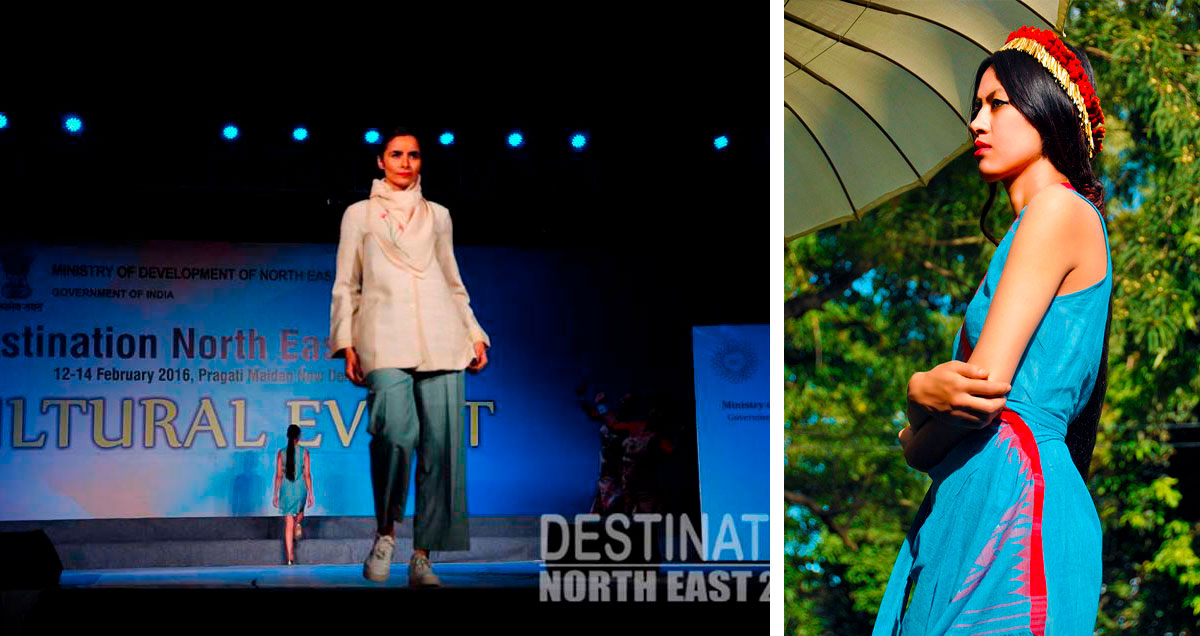
What does certified PPE kit mean – in terms of guidelines, standards and compliances? Do your PPE coveralls meet international standards?
Our PPE has passed the ISO 16603 test. The Ministry of Textiles, Government of India, has approved eight laboratories for testing of Personal Protective Equipment (PPE) coveralls required for protection from Covid-19. They are South India Textiles Research Association (SITRA), Coimbatore, DRDO-INMAS, New Delhi, Heavy Vehicle Factory, Chennai, Small Arms Factory, Kanpur, Ordnance Factory, Kanpur, Ordnance Factory, Muradnagar, Ordnance Factory, Ambernath, and Metal & Steel Factory, Ishapore, West Bengal. All these laboratories have been accredited by NABL.
As manufacturers we have to give an affidavit that we are textile manufacturers and not traders, which is part of the Unique Certification Code (UCC) Certificate.
(UCC refers to each prototype sample submitted by the manufacturer and is required to be embossed on each manufactured coverall along with the name of the manufacturer, date of manufacture and name of the client).
It is said that India does not have the material required to make viral barrier suits. Instead, most companies are now laminating the coverall material and looking at sealing the seams to make the suits fluid and viral resistant. However, this is like wearing a raincoat in a non-AC ward. Have you addressed all these issue in your product?
The higher the GSM (grams per square meter) of the fabric, the more protection it will provide against the virus. Higher GSM would also mean a thicker fabric and less breathability. The non-woven part of the fabric helps in regulating the temperature but it would still be hot if worn in a non-AC room. Our primary concern is to provide protection against the virus.

Also what are the challenges in making the PPE coveralls?
We went through three prototypes before we were finally satisfied. The third prototype was sent for testing and it passed. We have tried our best to keep the price as low as possible while still paying a fair wage to our workers. It's priced at Rs 350 for a kit containing coveralls, boots and a visor for bulk order and Rs 400 for orders below 100.
The challenges are many. We had to order all the material from outside the state, even basics like zippers and elastic. This increases our cost price exponentially. We also lose out on days waiting for the material to arrive. The PPE coveralls being manufactured in the metropolis are automated. The cutting and taping, which are the most time consuming parts of the process are taken care of by machines. The rate of production is huge. It is something we are still trying to streamline with our limited resources.
What are your thoughts on the ever evolving fashion and trends – and how will your brand remain relevant?
Fashion industry is a fast growing industry. Born of creativity and authenticity, it is now increasingly becoming technologically mediated and fiercely competitive, with no personal connection. We, at Khumanthem, strive to bring our clients closer to the true heroes of the brand, the local artisans. Every piece of indigenous handloom has a story to tell. It is these stories, behind every motif, every textile that will ultimately be the binding force between the artisans and consumers. Not as two different strata of the same glamour industry, but as one entity who understand, feel and cherish the depth and history behind every handloom creation.
With modernity and an influx of cultural and social changes, the sartorial assets, left by our ancestors, sit at the back of our closets, gathering dust, while our latest and most luxurious collection gets a place of honour. It is not wrong to choose the latest fashion, but it is terribly sad to do it at the expense of one's own tradition and culture. What we can do, rather, is to try and change the ephemeral nature of fashion by using the timeless beauty of indigenous textiles.
